Tired of looking inside your PC and wondering how to deal with the mess of cabling? We've all been there! Careful consideration is taken to ensure all the parts are compatible, but cable management is often viewed as an afterthought. Managing the spaghetti junction is vital for the smooth operation of the system, reducing turbulence with the chassis and enabling all your fans to better cool everything down. There are some tricks more experienced system builders do that you can easily follow.
5 Don't forget about your desk
Cable managing everything
Sorting out your PC is one matter, but don't forget about your desk and surroundings. A cluttered environment for work and play won't do your mental health any good, regardless of how clean the inside of your PC looks. Pick up a cable tray and a mountable power strip for underneath your work area. Clean the desk and ensure only the items you require are present on the surface. There's nothing better than appreciating a clean work environment and a gorgeous PC build off to the side.
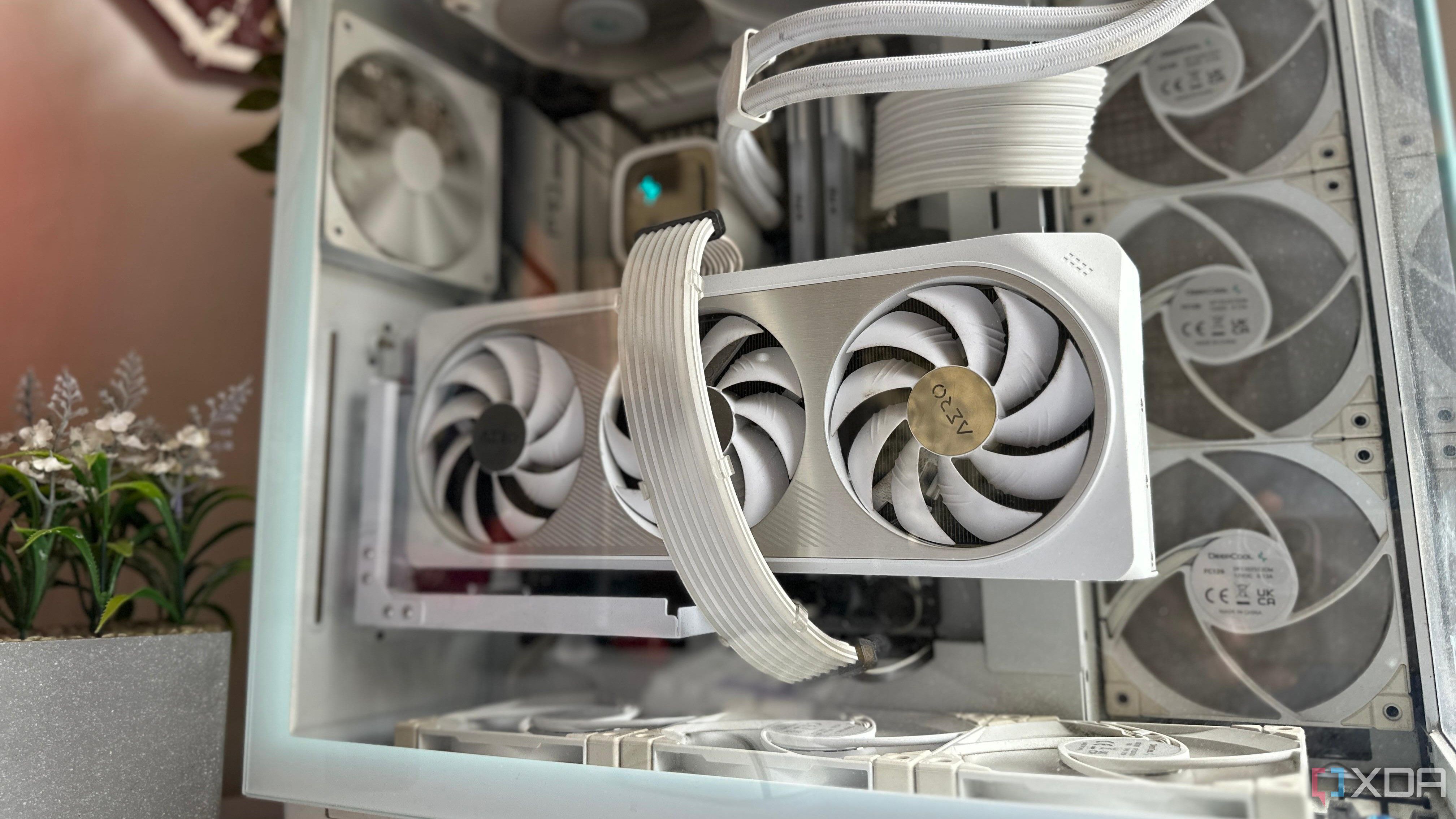
Related
7 cable management tricks I regret not learning sooner
Making sense of the cable mess inside and outside my PC would have been simpler
4 If it's not plugged in, it's packed
Both ends need to meet
Not using all your PSU cables? It's modular for a reason. Pack everything away that you're not using. Hide everything that isn't required but cannot be removed without potentially causing damage to either the PC case or a specific part. The fewer cables you have to manage, the easier it will be to create a clean system. It's also better for airflow since there will be fewer cables to cause turbulence and allow internal flow to more effectively take heat away from all your parts.
If you don't plan on using RGB lighting, it may be best to leave those cables in their respective packaging since they add almost 50% additional mass (especially for active cooling) to your PC build alongside other cabling. Depending on the chassis, it may have additional features and cut-outs to aid with hiding and routing all the required wiring.
3 Cut Velcro ties to size
Get rid of unnecessary waste
Using plastic cable or Velcro ties is a great way to effectively route and hide cabling within the PC case. I prefer Velcro ties since they're reusable and are generally safer for people to work with, especially when you need to cut one or two to re-do a specific section. What you may not do with your Velcro ties is to cut them to size. It's not only great for avoiding having to wrap the Velcro around the wires multiple times, but it reduces waste, and you can even use the cuttings for other cabling.
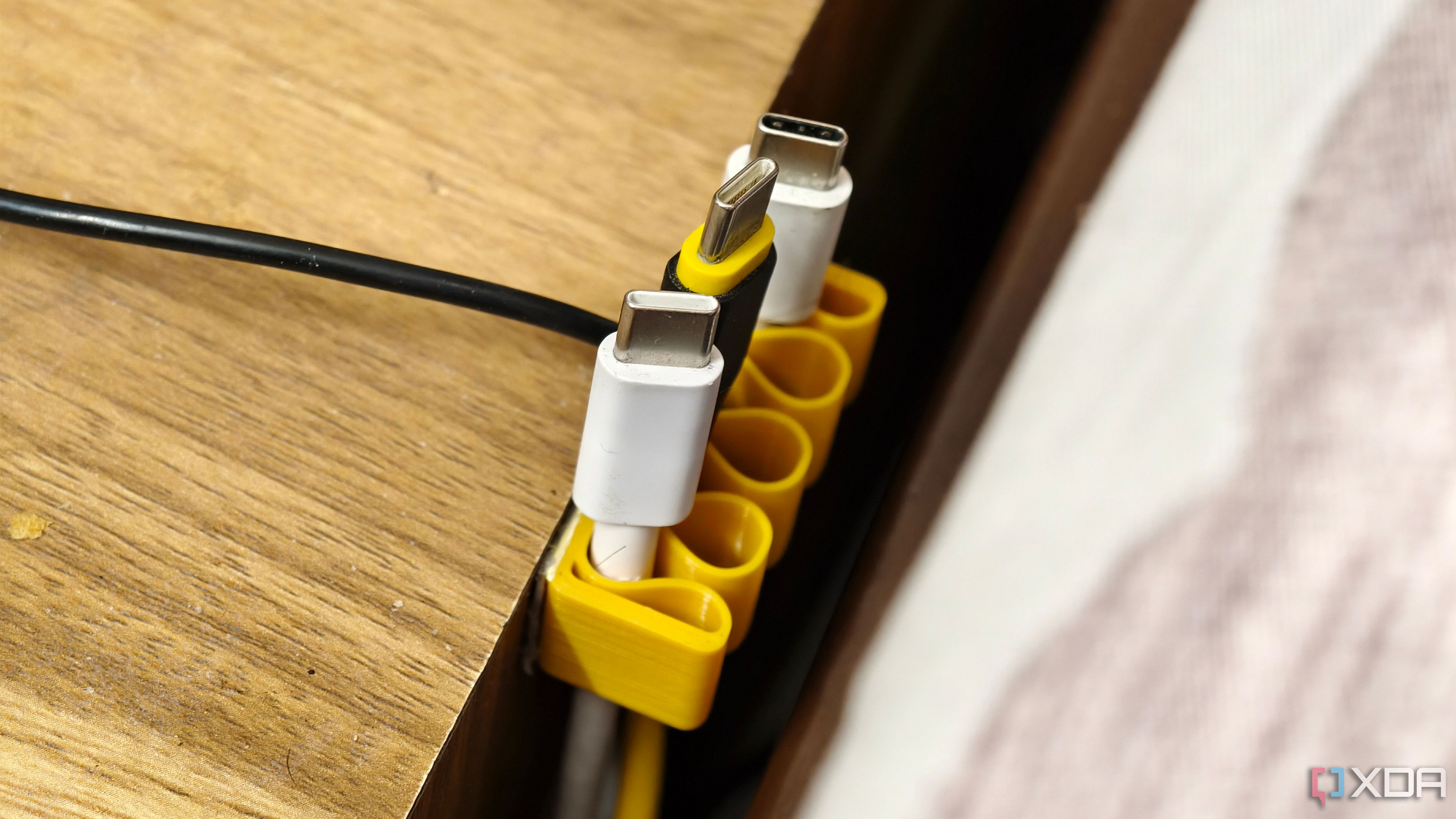
Related
5 ways to fix your unruly cable management with a 3D printer
Quit spending a fortune on cable management accessories when you can 3D print custom ones that do the job better
2 Use custom cabling
For when you do want to see them
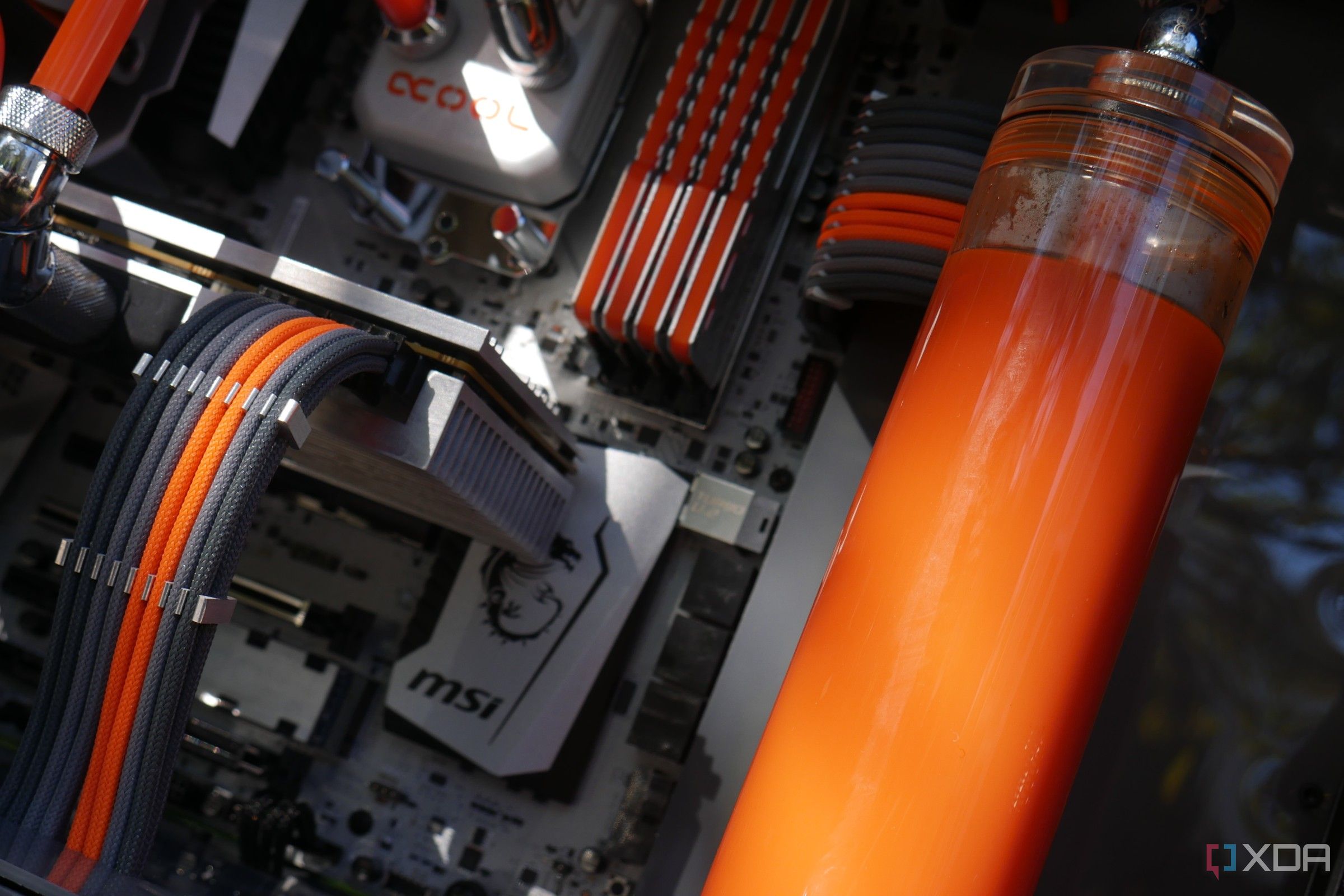
What you may not know about your modular power supply is the availability of custom, individually sleeved cables that can be purchased and installed in place of what the manufacturer provides. These can be colored and braided for a cleaner look. You can't hide every cable, at least not without a special motherboard with reconfigured headers, but custom cabling can at least make your visible cables more appealing to the eye.
Custom cables enable you to match the aesthetics of your build — pick a set that matches or contrasts with your GPU, motherboard, or CPU cooler.
1 Cable manage as you go
Don't wait until the end
Do yourself a favor and manage all your cables from the get-go. The PC case usually has a few wires for the front I/O, which can be a great place to start. Try to group cables that you know will travel in the same direction of traffic. It's important to plan out your system build, including cabling, to see how everything will connect together. This is also handy as you install more parts inside the chassis. By waiting until the end, you'll be met with an avalanche of cabling that needs managing.
Doing it as you go can also take advantage of more internal room, thanks to fewer parts taking up valuable space. Your GPU will likely be the worst offender since it's open to the largest components, alongside the motherboard and power supply. Speaking of which, always try to go for a fully modular PSU if possible, since you'll have more room within the PSU shroud itself to create a clean-looking PC.
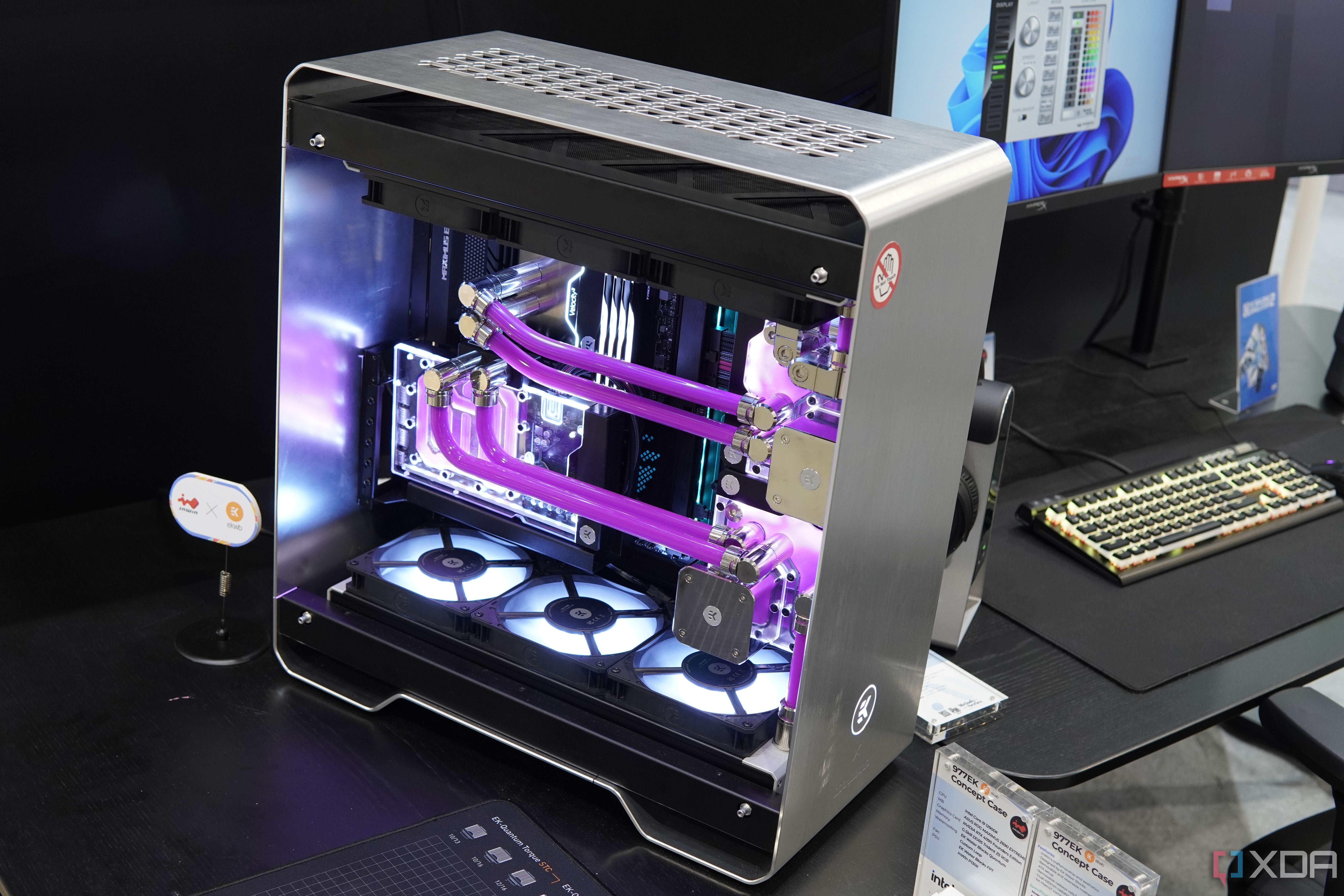
Related
10 mistakes you should not make when building a new PC for the first time
Look out for these common mistakes before you start working on your new PC
Practice makes perfect
You won't suddenly become a pro at managing cables overnight, but you can quickly learn a thing or two by using available channels, cable ties, and approaching how you build a PC differently. So long as you're happy with the result, you've achieved what you may have previously considered impossible. Now, when looking at those photos of super-clean office setups, you can take an idea or two, compare notes, and apply new methods to your own space.
.png)
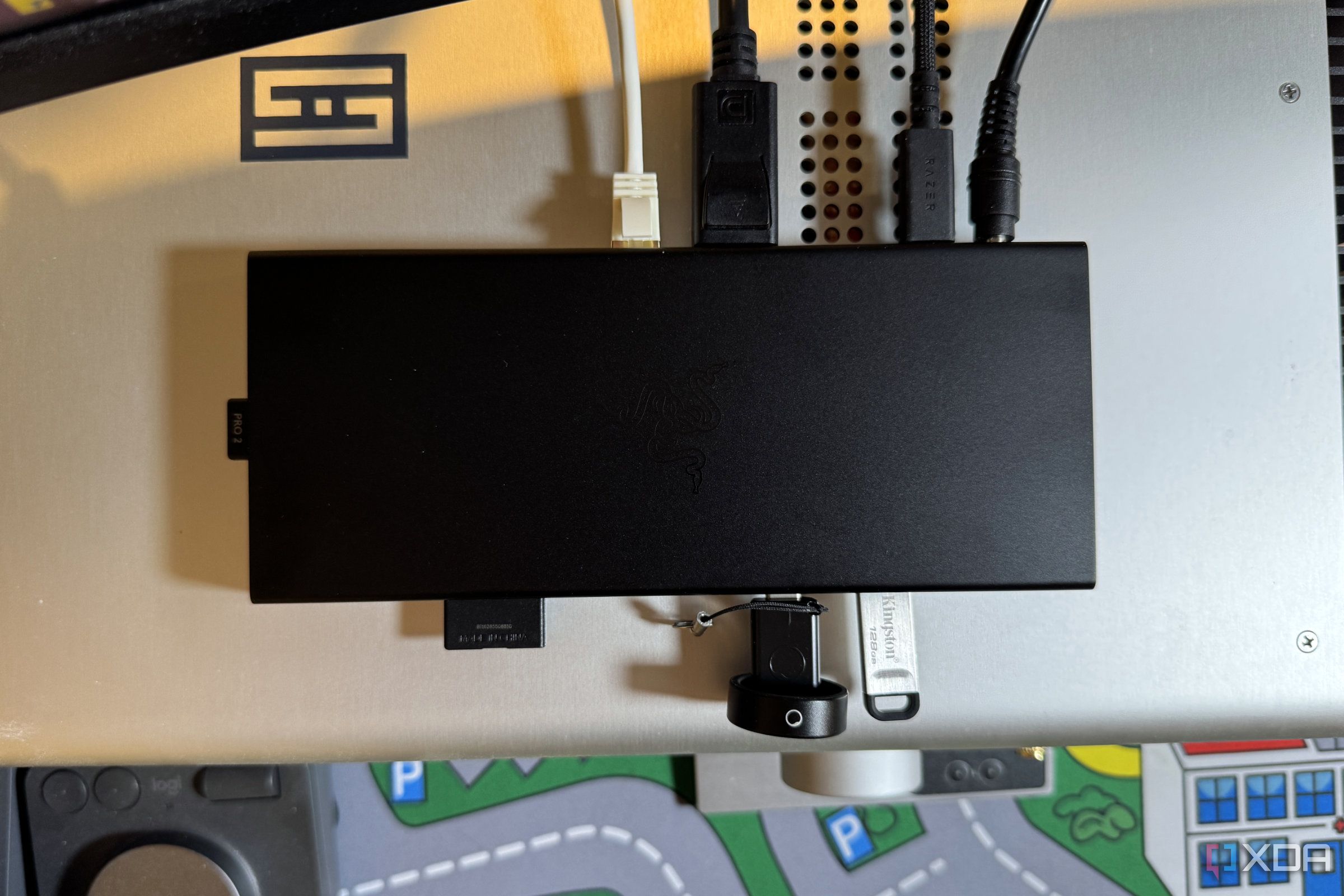
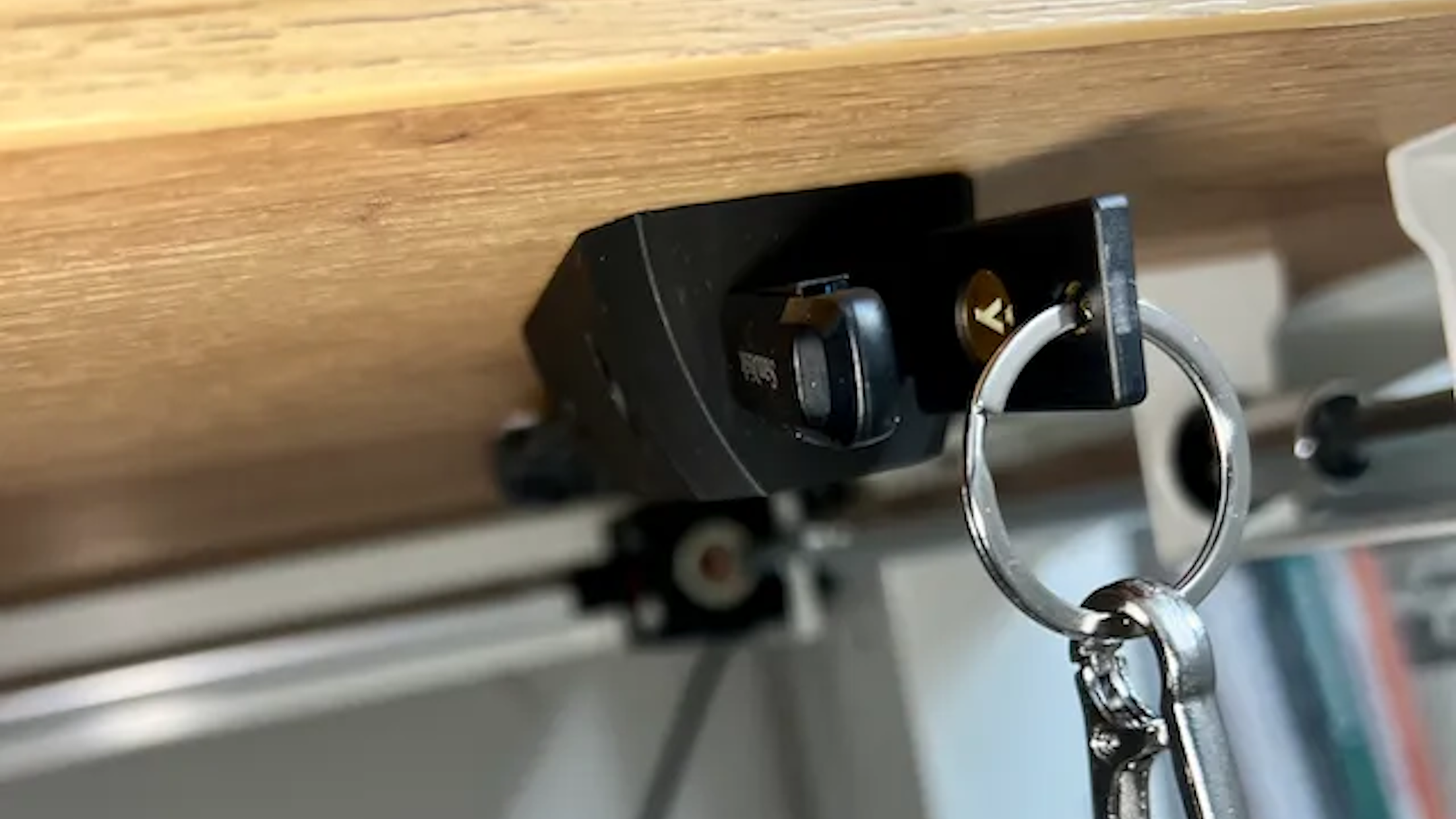







 English (US) ·
English (US) ·